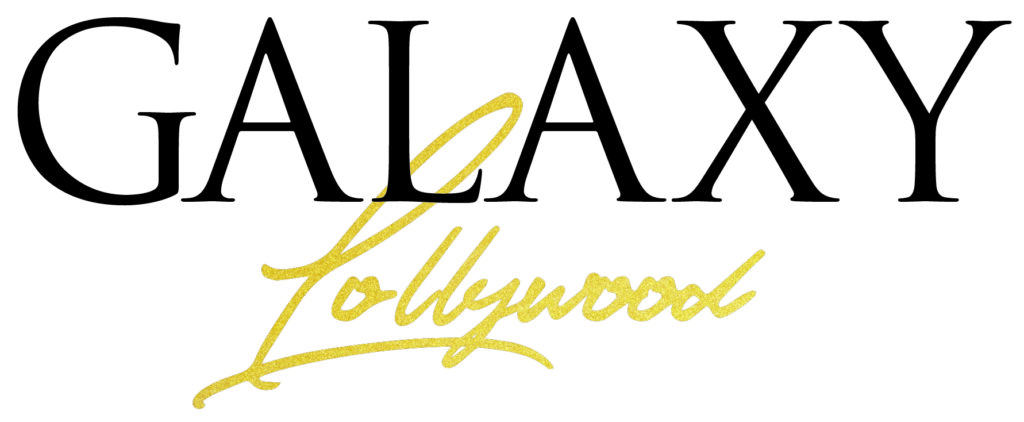Moammar Rana, an acclaimed actor and a darling of the masses in the 90s, reinvented himself with his comeback film, Azaadi (2018) opposite Sonia Hossain. Based on the backdrop of the Kashmir turmoil, Mommer played a militant who had patriotism running in his veins. The actor was praised for his modern-day, larger than life portrayal of a hero.
Although the film performed underwhelmingly at the box-office, Moammar was praised for his efforts of going bigger and better in terms of production and style. However, just when we thought the said star had left the culture of incessant mujra numbers and gandasas, Moammar decided to prove us all wrong.
Moammar Rana brings back the gandasa culture
This Eid-ul-Fitr, while we were all focused on Chhalawa and Wrong No. 2, Moammar’s film Shareekay Di Ag also made its way to a rather limited number of screens across Punjab. Before we delve into the numbers the film has earned, it is imperative to first look at what Shareekay Di Ag is all about. The film, directed by Ghulam Hussain Tonsvi and written by Nasir Adeeb, is produced by Umar Productions and boasts an ensemble cast with the actress-dancer Khushboo and the legend, Sultan Rahi’s son Haider Sultan in the main cast with Moammar being the biggest face of the film.
The film is a revenge saga and takes the viewers back to the 90s and early 2000s gandasa culture which Sultan Rahi convincingly cultivated in the hearts of the masses. Interestingly, the film has also taken some cinematic liberties such as the fictional interpretation of villages in Pakistan and the ghunda gardi culture, etc. The film is unrealistic, yes! But that’s not the main problem.
Shareekay Di Ag makes good numbers despite its many problems
Before we delve into the many facets of the film, it is important to note that Shareekay Di Ag initially faced problems with the local censor board due to its obscene content, rampant violence and abusive language used in the film’s narrative, before it could be cleared for a release. The story doesn’t here, unfortunately.
While our contemporary filmmakers are going an extra mile to deliver quality content and good production value, Shareekay Di Ag objectifies women in not so great ways. Girls flashing themselves in the hero’s face, dancing in skimpy clothes with men swooning all over them, the film also goes all out with violent scenes, villains lynching heroes and guns being used as ornaments.
https://www.youtube.com/watch?v=VpYP3rt09yk
The film’s language is Punjabi and that has been misused, on numerous occasions, in the film by overtly using explicit words and vulgar dialogues. Our Punjabi film-makers keep forgetting that it is 2019 and while we understand that every movie has a different audience, objectifying women and glorifying guns are not considered reflective of our authentic Punjabi culture, anymore.
Despite everything, however, the film has done rather well on the box office, by earning approximately one crore rupees, as per a few reports that have been circulating around. This number is actually not bad, considering the film was only released on limited screens across Punjab. The numbers roughly translate to the fact that films such as these do have an audience in the country but sometimes, numbers shouldn’t be the only force driving the content. It is about time that our filmmakers take an initiative to break this cycle.
A final word
Towards the end, it is important to note that Lollywood is in a revival phase and has been churning out massive money spinners like Punjab Nahi Jaungi and Jawani Phir Nahi Aani 2. Moreover, the industry has lately also been high on some solid content films like Sanam Saeed and Aamina Sheikh starrer Cake (2018). In these times, it would make sense to not make rather regressive films such as these. Punjabi films don’t always have to fit the stereotypes built around them. In fact, they should be striving to do the opposite.




